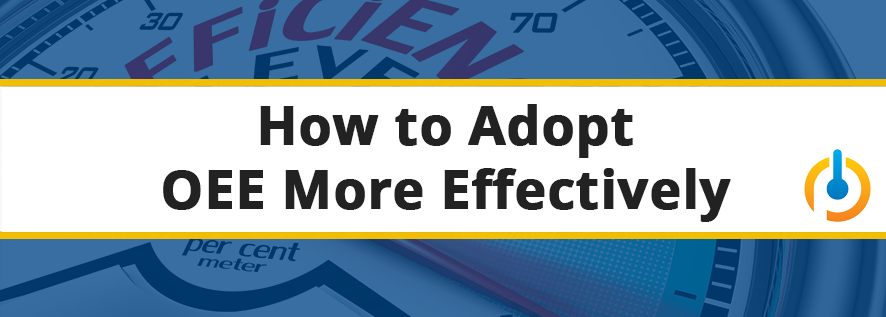Key Performance Indicators (KPIs) are essential to effectively manage and keep track of organizational requirements, helping drive operational improvements. But determining KPIs for teams and individuals isn’t exactly straightforward and shouldn't be rushed into. Instead, a planned approach should be followed, keeping in minds the long-term operational goals that need to be fulfilled.
KPI Best Practices
There are several important metrics manufacturing managers use to either gauge or improve their facilities’ efficiency or productivity. One of the most common is called Overall Equipment Efficiency, or OEE. Having an in-depth understanding of OEE and its importance can help managers achieve their efficiency targets in a timely fashion, without requiring frequent interventions.
OEE is a way to measure the efficiency of a process or machine in a facility. Some use OEE as a key performance indicator, or KPI, to rate their facility against other facilities or to show how well their facility performs. However, OEE’s main purpose is to show how to improve a process’s efficiency in a facility.
The 3 Most Fundamental OEE Terms
One of, if not the most important term in manufacturing to understand is OEE, or overall equipment effectiveness. In general, OEE is the measurement of plant equipment’s technical performance in accomplishing a task so that the manufacturer can judge the effectiveness of the asset. They can then use this information in order to add value to the business through the analysis of capacity losses or gains through the part.
In the first part of How to Adopt OEE More Effectively, we reviewed OEE calculation (Overall Equipment Effectiveness) and how it can be used to improve a plant's performance. This week we are going to talk about how to use it properly.
How to Adopt OEE More Effectively
OEE (Overall Equipment Effectiveness) is used on a global scale to help manufacturing companies improve production and reduce losses. OEE is a measure of how effectively your equipment is being used in your production line. It is not a measure of your plant as a whole, but rather a measure of each machine that is a part of the process.
The goal of OEE is to isolate parts of your production process that can be improved. OEE is best adopted as a measurement tool to help you identify and track the progress of changes in your line. If OEE calculation is about using your equipment effectively, how can you use OEE itself to the best effect?







